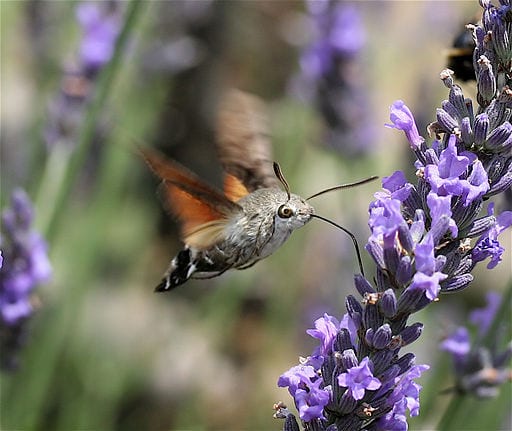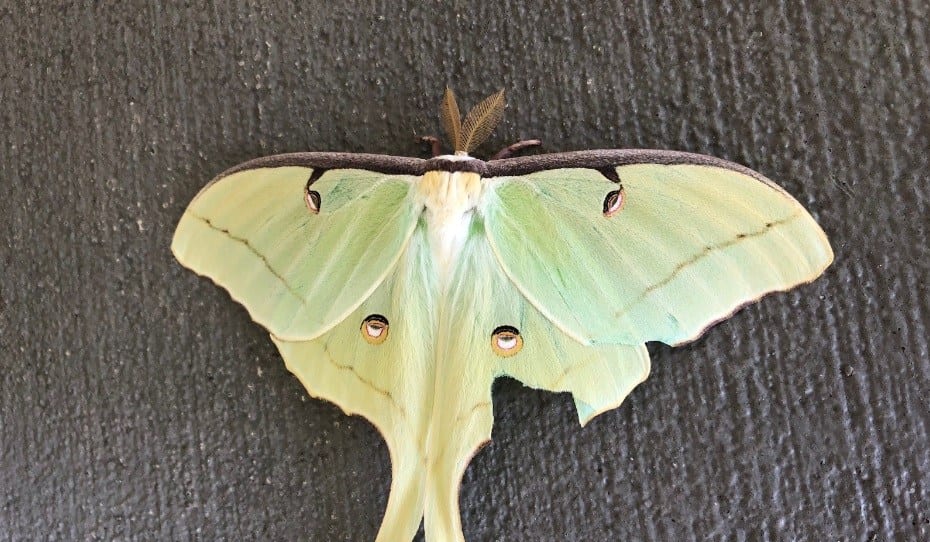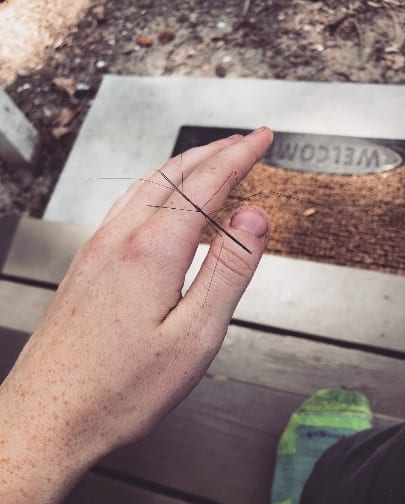Any true Athenian knows that summer means sweat, more sweat and (best of all) insects! Though summers filled with no-see-ums, mosquitoes, gnats and flies may cause you to despair of their class altogether, don't forget all the fascinating, beautiful and seemingly magical insects that make our existence possible. Whether you're an entomologist or not you probably know more about insects than you realize.
Test out your entomology prowess and give these insect riddles a try!
1
They say float like a hummingbird, sting like a bee
Though you may think me a hummingbird
There'll be no sting from me
2
No one wants to dance with me
They say that I have two left feet
And even though that might be true
The best things come in pairs of two
3
You see me blink but not my eyes
I wink and wink to fraternize
And if I wink at her just right
Then I may find my love tonight
4
So often I am not around
You'll know it by the absent sound
And though you may search carefully
There may just be a shell of me
5
When you see the moon you'll think of me
And my staring eyes that cannot see
I feel the seconds slipping by
Just time to live before I die
6
Oh yes, I'm fond of fouler things
I'll never be a fool that sings
I use the stars to find my way
Your refuse is my artist's clay
7
Just one of me will cause no harm
My presence should not cause alarm
But two then three then four of me
A plague will come with more of me
8
I quiver gently in the breeze
I find my friends among the trees
Safe amidst familiar faces
Hidden even when they see
Answers:

- Sphinx Moth (Sphingidae) : These moths are really unique because they don't actually land on flowers to feed on the nectar. Instead they hover in front of the flower just like a hummingbird. They are actually quite easy to mistake for a hummingbird if you aren't looking carefully.
- Millipede (Class Diplopoda): Although not actually an insect (millipedes are in the class Diplopoda), they really do have two left feet…per body segment. This is the easiest way to tell millipedes and centipedes apart because centipedes just have one pair of legs per segment. If you find millipedes creepy, just remember that millipedes are vegetarians (except for the occasional insect)! They just cycle nutrients and mind their own business.
- Firefly (Lampyridae): Fireflies are one of the beloved insects of the south with a prominent place in many of our childhood memories. Fireflies flash in order to attract mates (or in some cases to lure a love-sick firefly in as prey). Their light is produced through an incredibly efficient chemical reaction that emits nearly all of the energy as light. An incandescent light bulb only emits 10% of its energy as light.
- Cicada (Cicadidae): This riddle refers to the seven species of periodical cicadas (genus Magicicada) that will emerge every 13 or 17 years in tremendous numbers. This means that for most of a periodical cicada’s life it lives underground as a juvenile feeding on plant tissue. It is thought that the cicadas keep track of time based on the yearly cycles of their tree food source. The mass emergence produces adults that only live about a month. Males will aggregate in trees and collectively produce a deafening courtship song that can reach up to 100 db.

- Luna Moth (Saturniidae): Sometimes called the American Moon Moth, the original latin name for the Luna moth actually referred to the long tails on its hind wings. Now it's name is attributed to the moon-like resemblance of the eye spots on its wings. With an adult lifespan of only a week, spotting a Luna Moth is a special event.
- Dung Beetle (Scarabaeidae): Dung beetles loveeeeee manure. Many dung beetles create balls of manure and roll them away to bury either for food storage or as a brooding ball. They don't roll it along with their front legs as you might think, but instead assume a headstand position, pushing the ball backwards with their back legs. Amazingly, dung beetles have been found to use the stars to navigate!
- Locust (Acrididae): As a member of the grasshopper family, a single locust doesn't inflict any more damage than any other grasshopper. However, a swarm of locusts can include billions of individuals and throughout history they have been known to devastate the landscape, razing crop fields to the ground. It has been found that when conditions are favorable, serotonin release triggers these insects to go from their harmless solitary phase to destructive gregarious phase. They even change in appearance, becoming darker and physiologically stronger.
- Stick Bug (Phasmatodea): Stick bugs are truly gifted in the art of camouflage. Even their eggs look like plant seeds! The adults can either be rounded to look like sticks or flattened to look like leaves. They will even wobble in the breeze to blend in better with the foliage. Many species are actually parthenogenic, meaning they can reproduce without mating.

About the Author
 |
Hayley Schroeder is an undergraduate at UGA studying Ecology and Entomology. She is an enthusiastic foodie, advocating for food that nourishes not just the people eating it, but communities, farmers and the earth as well. She is also a friend to all insects and can be easily spotted on campus by her butterfly net. Contact her at hayleyadair37@uga.edu. More from Hayley Schroeder. |
About the Author
- athenssciencecafehttps://athensscienceobserver.com/author/athenssciencecafe/April 17, 2020
- athenssciencecafehttps://athensscienceobserver.com/author/athenssciencecafe/April 12, 2020
- athenssciencecafehttps://athensscienceobserver.com/author/athenssciencecafe/April 3, 2020
- athenssciencecafehttps://athensscienceobserver.com/author/athenssciencecafe/March 30, 2020







